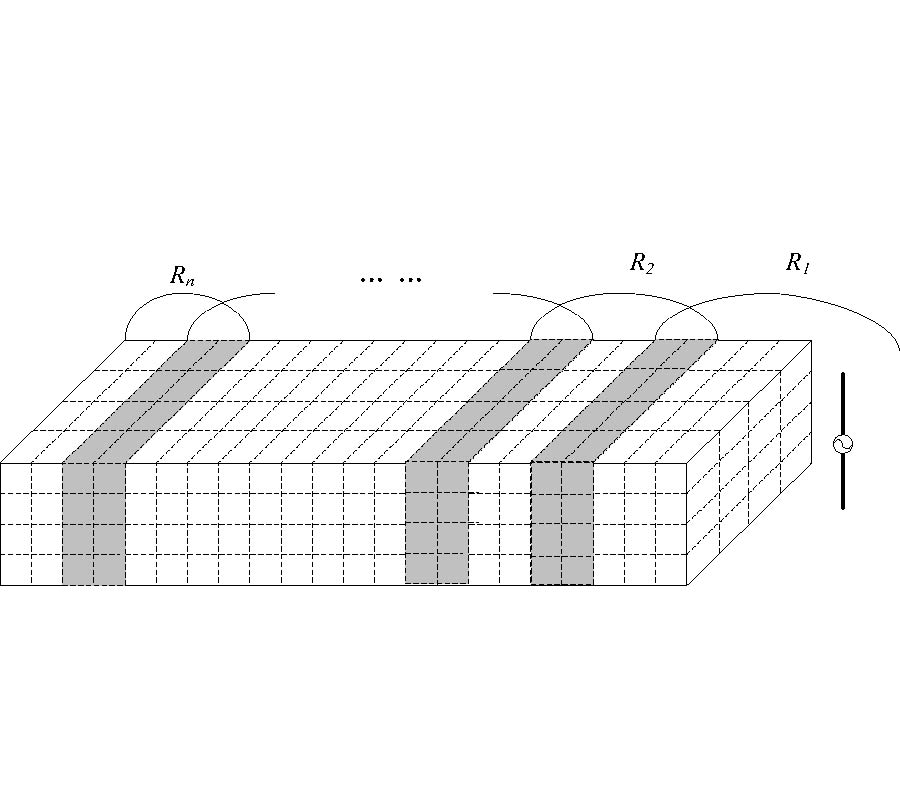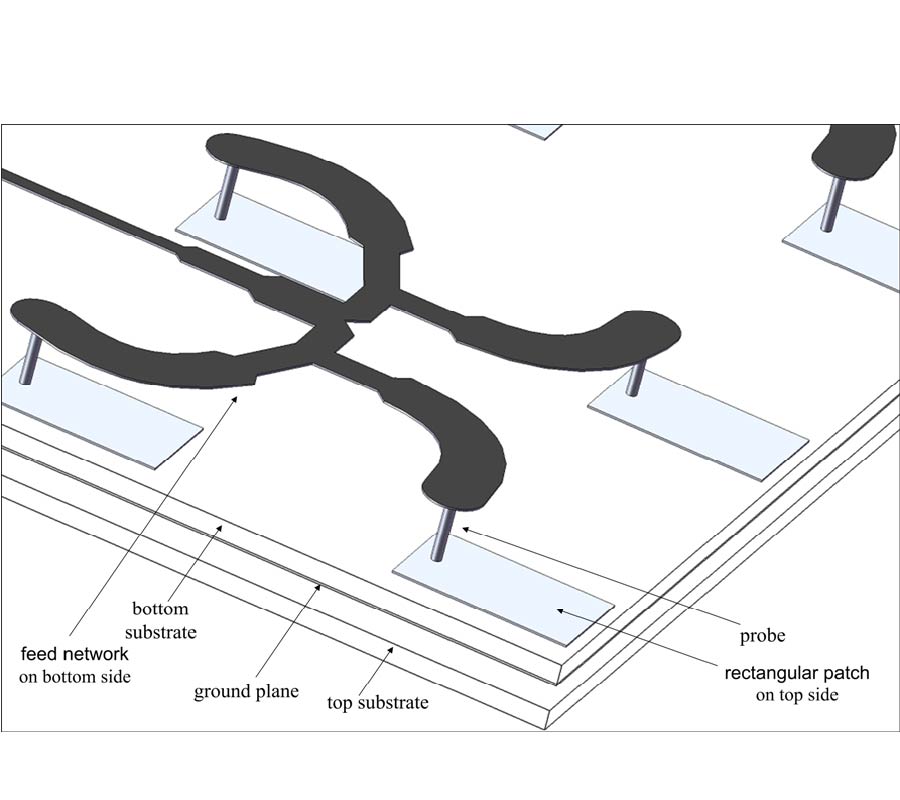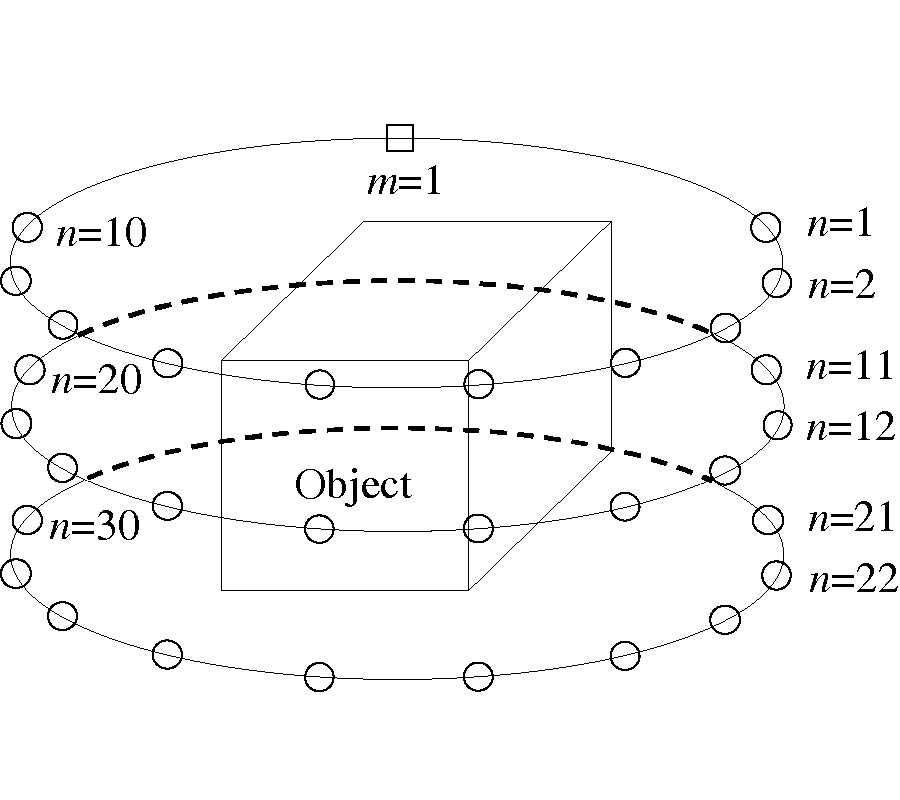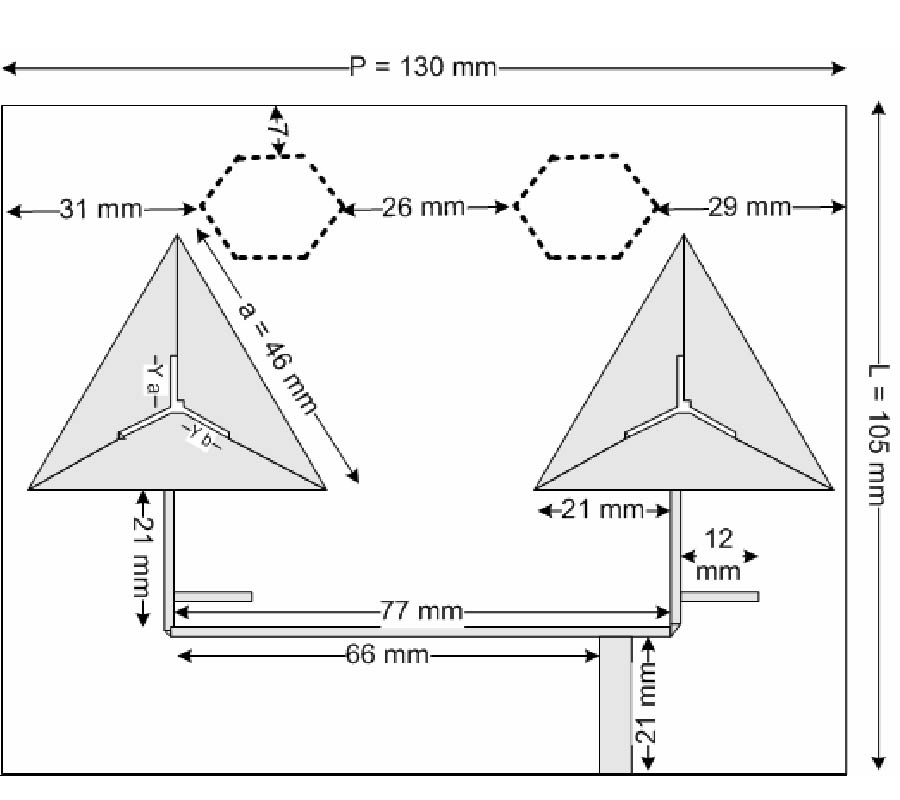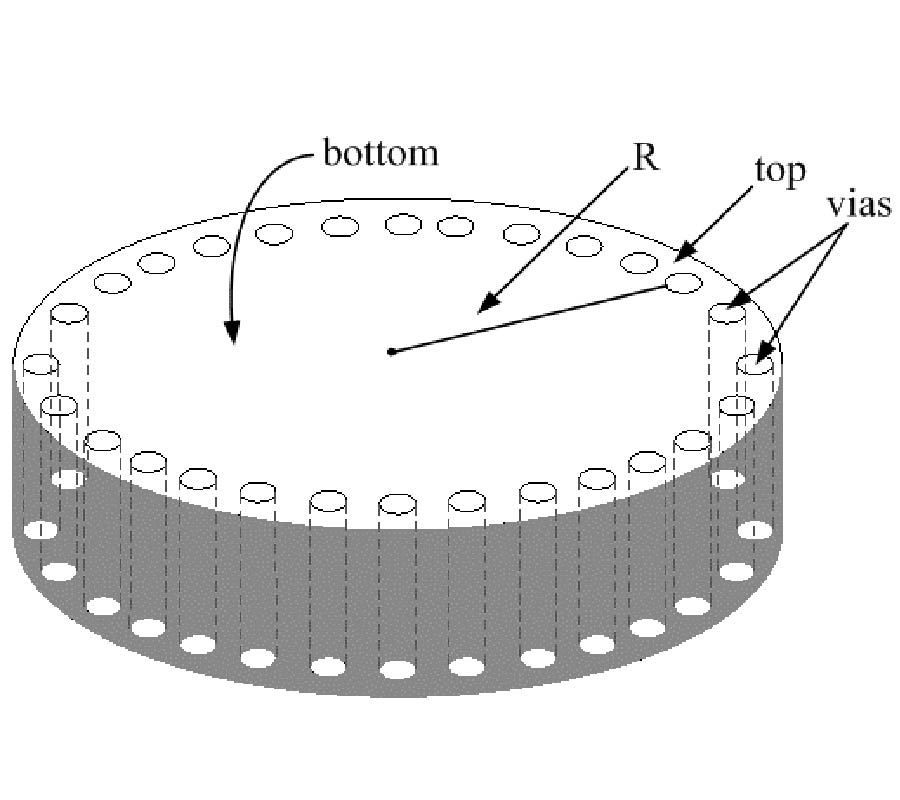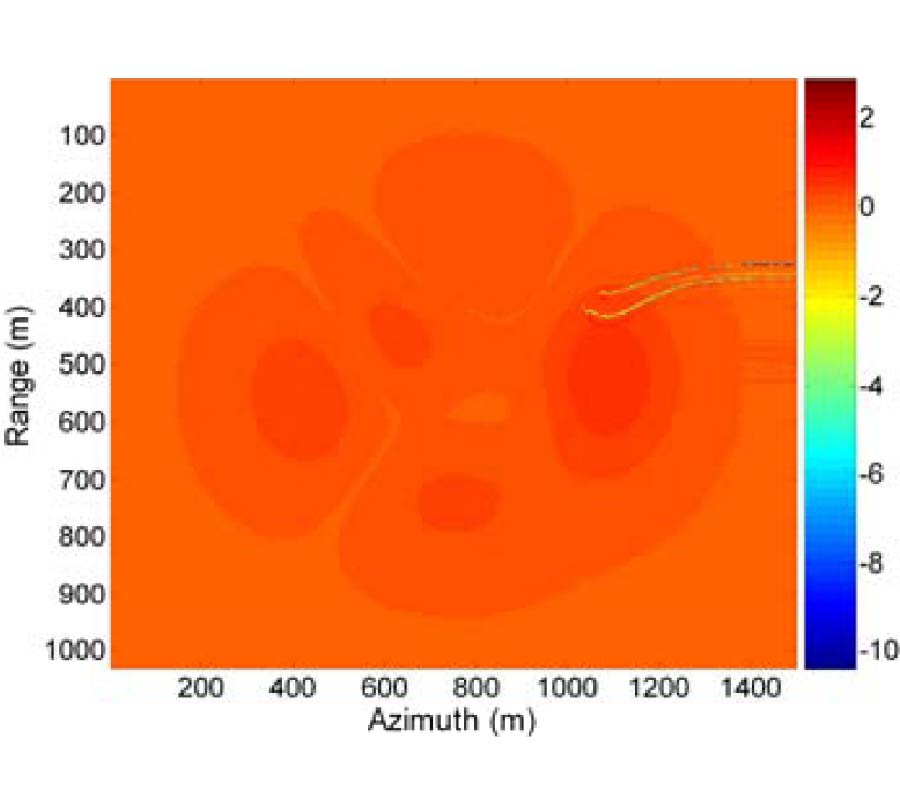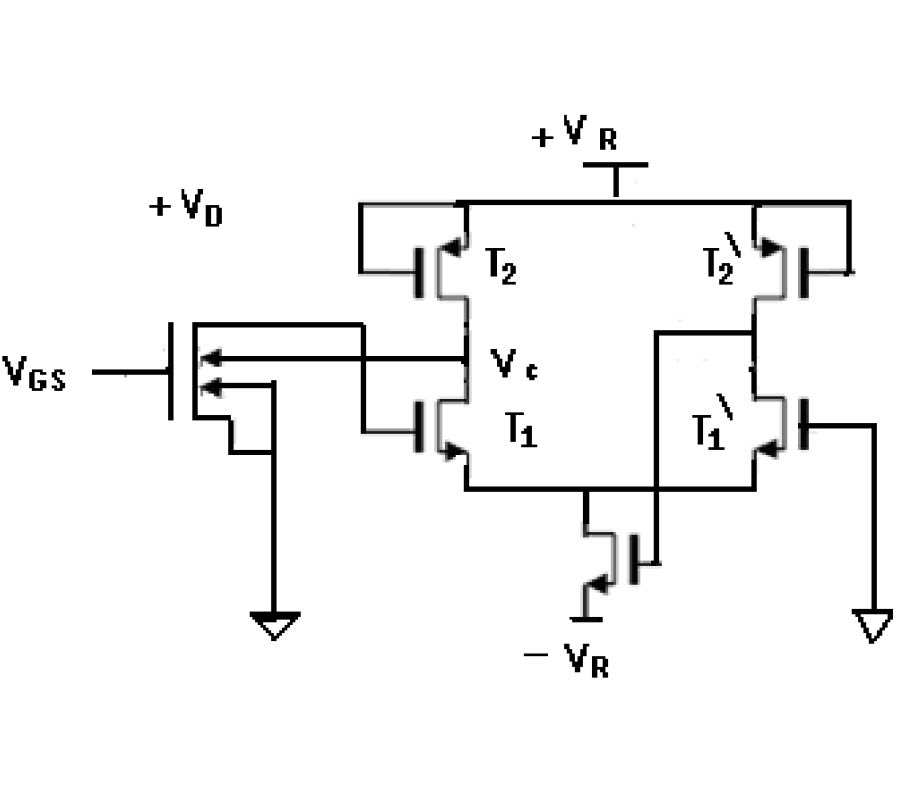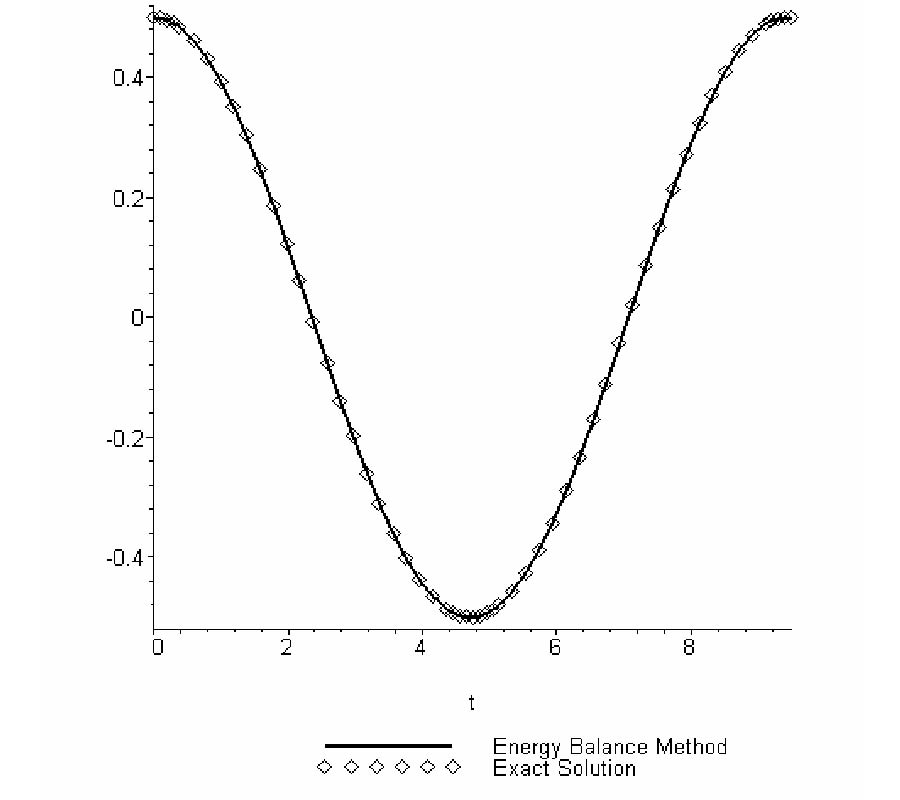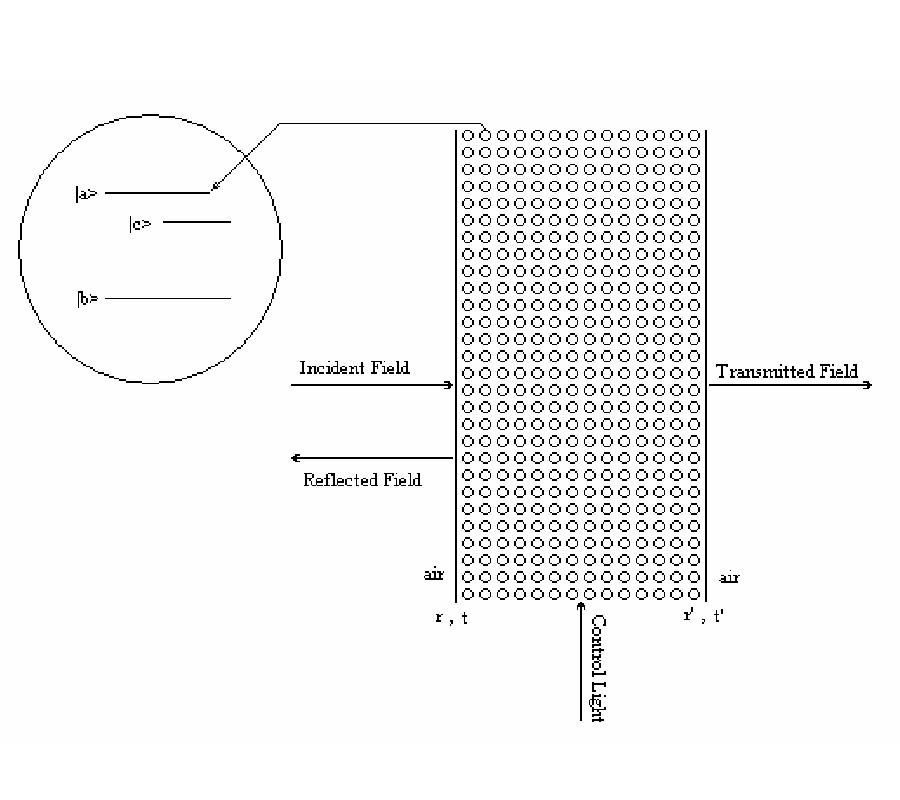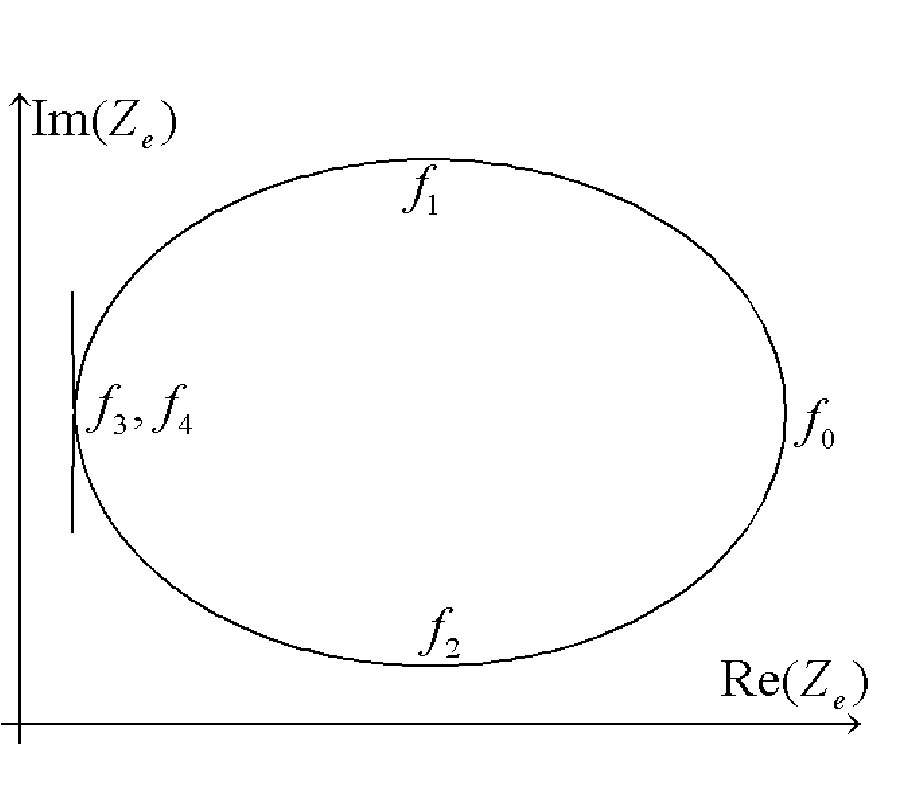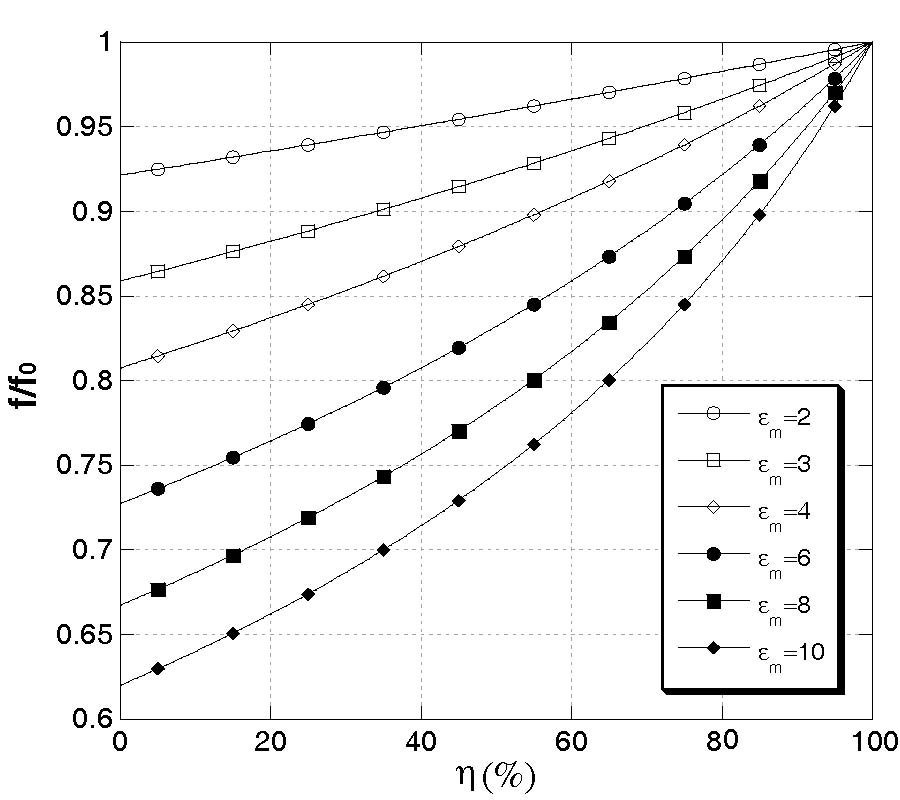A Common Theoretical Basis for Preconditioned Field Integral Equations and the Singularity Expansion Method
Robert J. Fleming
It is demonstrated that there is a common theoretical basis for the Singularity Expansion Method (SEM) and stabilized, preconditioned electric field and magnetic field integral equations (EFIE, MFIE) defining radiation and scattering from a closed perfect electric conductor in a homogeneous medium.
An operator relation termed the Calderon preconditioner links the MFIE and EFIE, based on the fundamental Stratton-Chu integral representations for the problem geometry. This preconditioner is known to stabilize the ill-posed first kind EFIE, yielding the Modified EFIE (MEFIE). The same preconditioner has been applied to the weakly singular MFIE kernel, giving a Modified MFIE (MMFIE), the equation then being solved using the Fredholm determinant theory. Since this analytical integral theory is the foundation of the SEM, it follows that the Calderon preconditioner enables stabilized and common SEM representations to be defined for both the MEFIE and MMFIE.
For a finite-sized object admitting only pole singularities, the solution of the preconditioned EFIE and MFIE is equivalent to the frequency-domain SEM solution. The common SEM representation differs only in the coupling coefficient terms. Coupling coefficients for the MFIE are known, however, explicit formulations for the EFIE, and the modified coupling coefficients for the MEFIE and MMFIE are new contributions.
